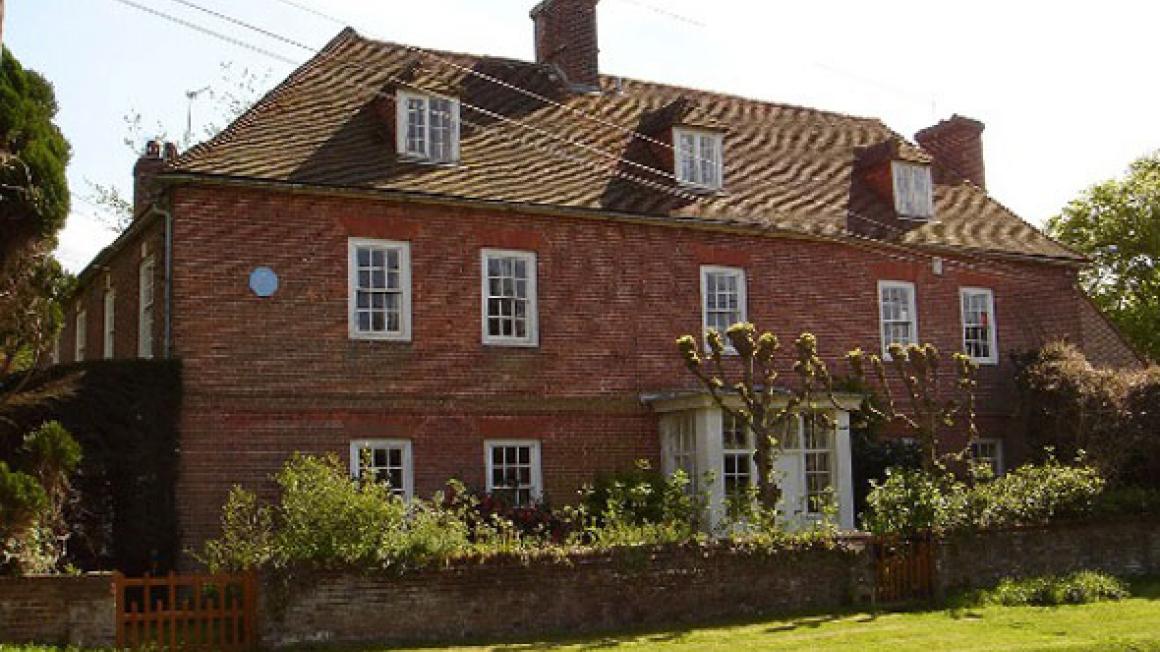Visitors' Book
When we moved into Rock House I was given beautiful versions of both but am ashamed to say that my hostess book remains blank and the visitors’ book appears to be lost before it got a chance to collect anyone’s signature.
I thought of these small, acute, memory banks recently when the Jerwood announced it is planning an exhibition next year based on Pablo Picasso’s holiday visits to East Sussex. The fact that we know that this titan of the avant-garde was sometimes found relaxing in the bucolic surroundings of Farley Farm House in Chiddingly is in part due to his hostess, the war photographer Lee Miller, and her skill in keeping records.

The pair become friends in the 1930s. It was a friendship that endured, and when she was reporting on the liberation of Paris, she popped into his studio to check he had survived – the photograph of them reunited in 1944 is priceless.
After the war, like many who had seen the worst of the atrocities, Miller and her husband, the surrealist artist Roland Penrose, retreated to the countryside and bought Farley Farm. Her notable visitors included Man Ray, Henry Moore and Max Ernst. The walls are adorned with their works and she captured their visits for posterity in a book called Working Guests.
Picasso’s own visits are remembered in a charming series of informal snaps by her, including one of him meeting their Ayrshire bull, William. Shortly afterwards, on a visit to the ICA in London, Picasso drew an Indian ink drawing of the bull, with grasshopper wings, perched on twigs, in the ICA visitors’ book. It is one of only two works ever created by him in England and that visitors’ book is now in the Prints and Drawings collection at the British Museum. A strong case for keeping one in the hall if ever one was needed.
Next week: Seagull lull


